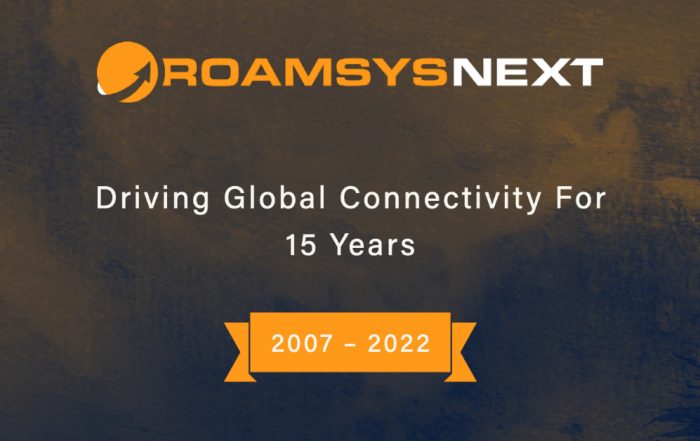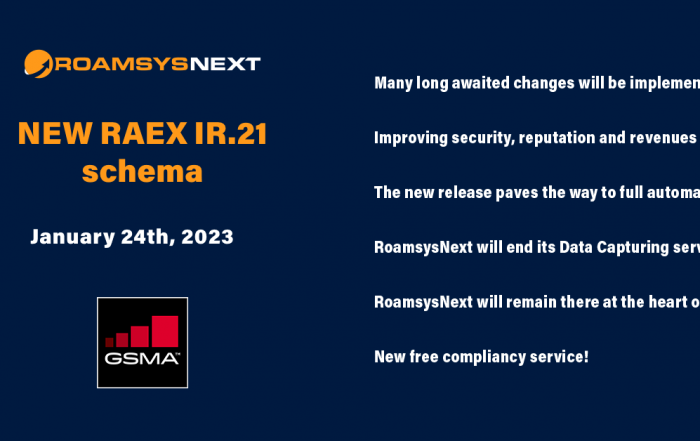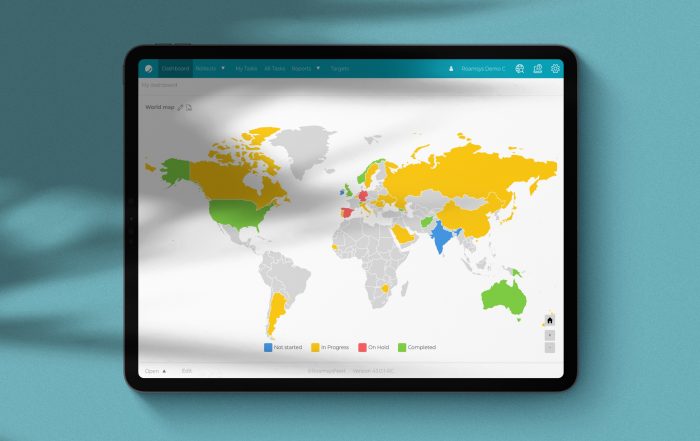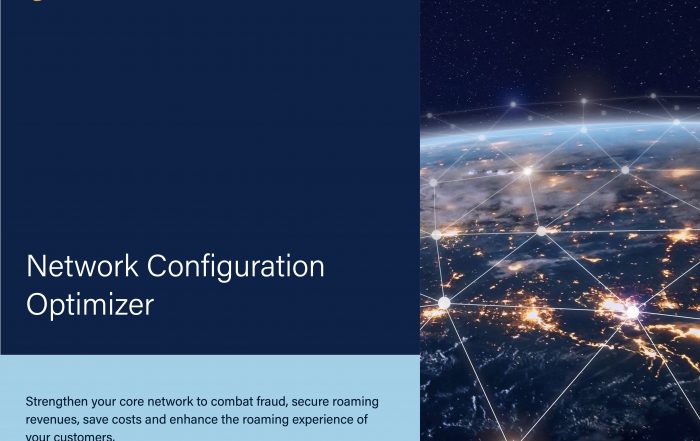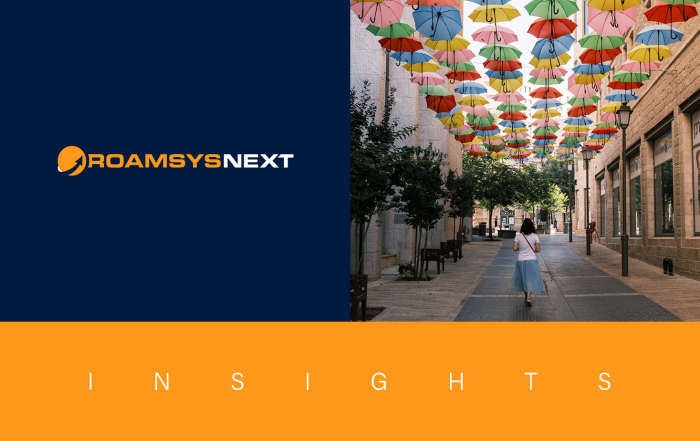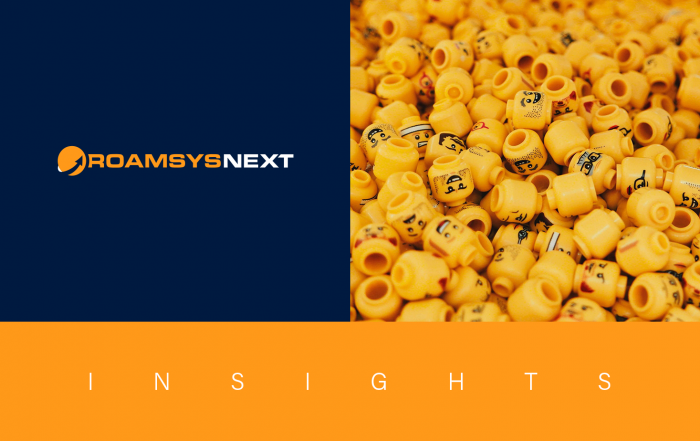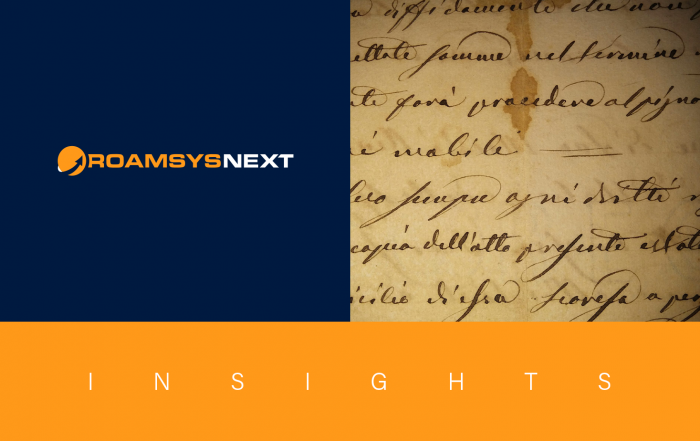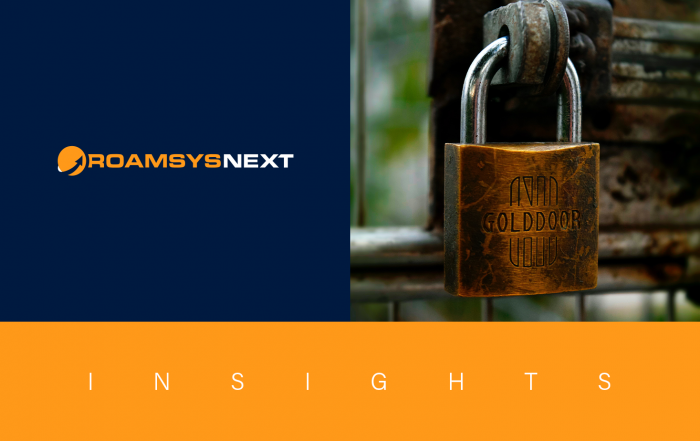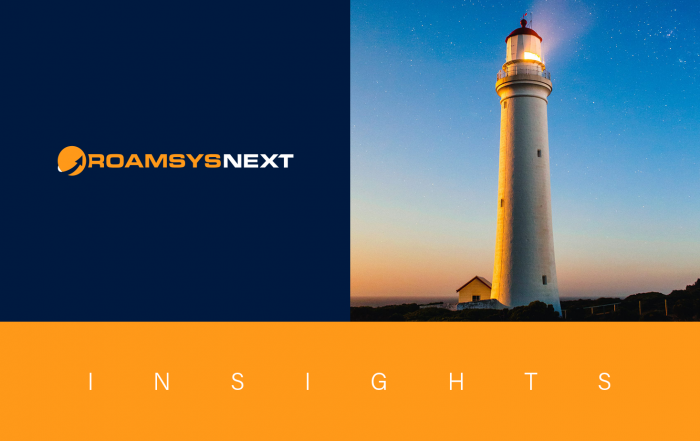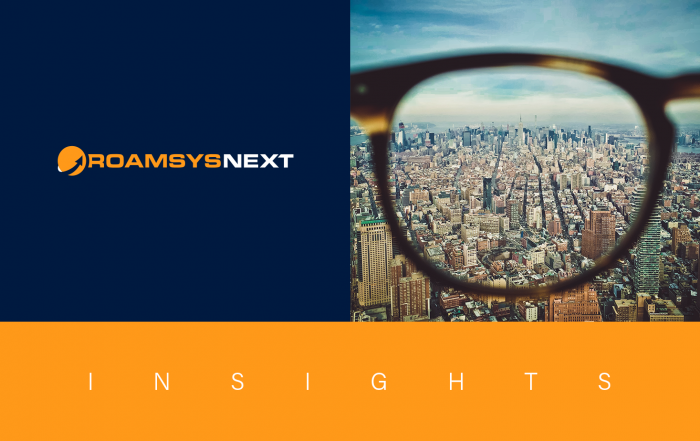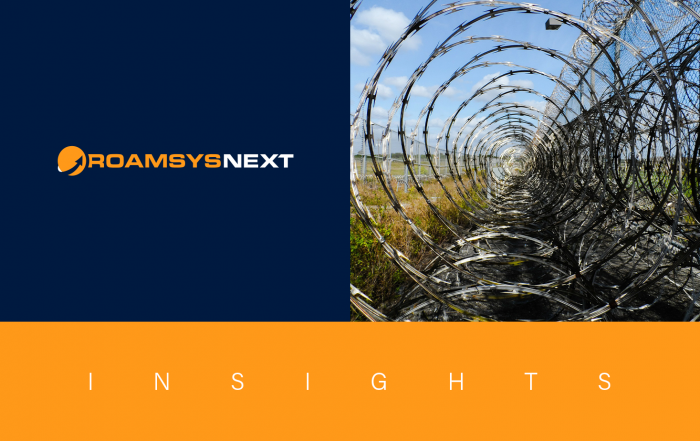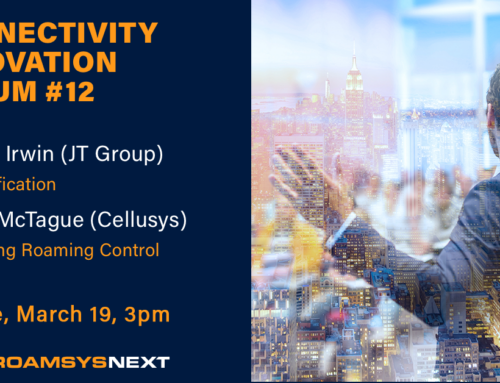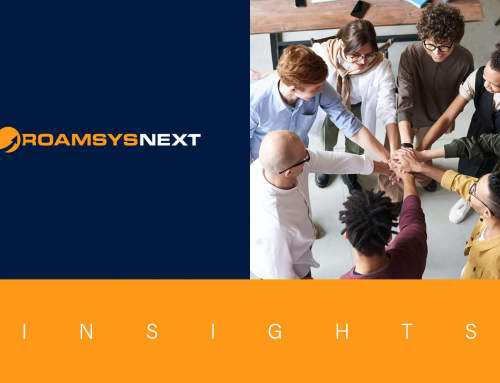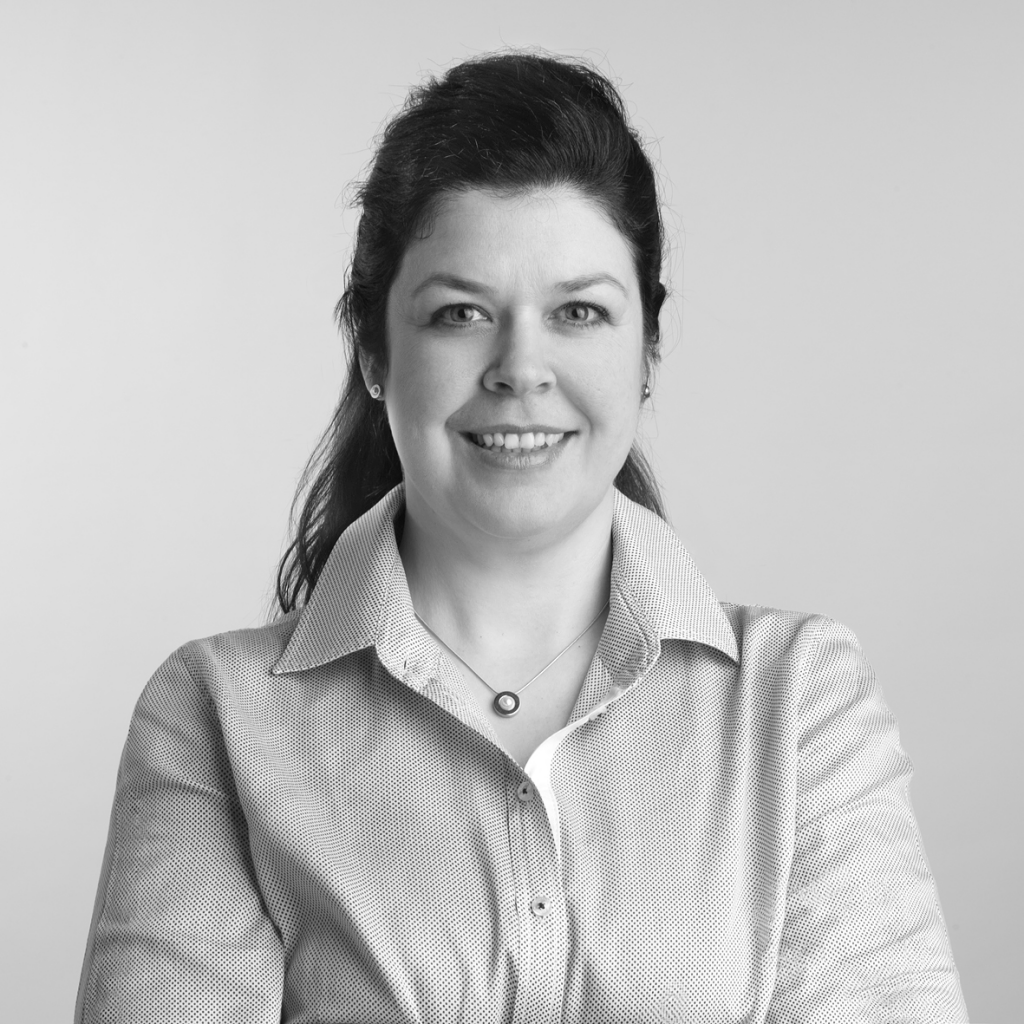
Gabriele Lieser
CUSTOMER SUCCESS MANAGER
Summary
When thinking about the nature of fraud, the first thought usually leads to financial fraud or another form of pecuniary deceit. Taking a closer look, evolution itself is constantly developing new and “creative” ways for living organisms to find their way through the thicket of life. Just think of the young cuckoo that pushes a strange bird couple’s brood out of its nest to be raised as the only offspring.
In human interaction, nothing beats a solid foundation of trustworthy relationships on which business activities are built. And still, similar to nature, fraudsters and liars claim their place and find new victims on a daily basis. Accordingly, in the course of history, no era is free from the practice of deception for personal benefit. Let us have a look at historic fraud cases from ancient Greece to modern times and see what we can learn from it.
The earliest known case of fraud in the western world is handed down by the Greek merchant Hegestratos in 300 BC. Hegestratos was caught by his crew trying to sink the ship in the attempt to defraud a ship insurance called „bottomry“. This insurance used the keel and the hull of a ship to secure a loan until the ship’s journey was completed. In the event that the ship sank the loan did not have to be repaid, and the entire risk lay with the insurer. The crew on the boat got wind of Hegestratos’ plan to drown them all, and Hegestratos committed suicide by jumping overboard. While this kind of loan has certainly helped many captains to make urgent repairs during long voyages, a lot of ships are undoubtedly lying at the bottom of the sea thanks to the example of Hegestratos.
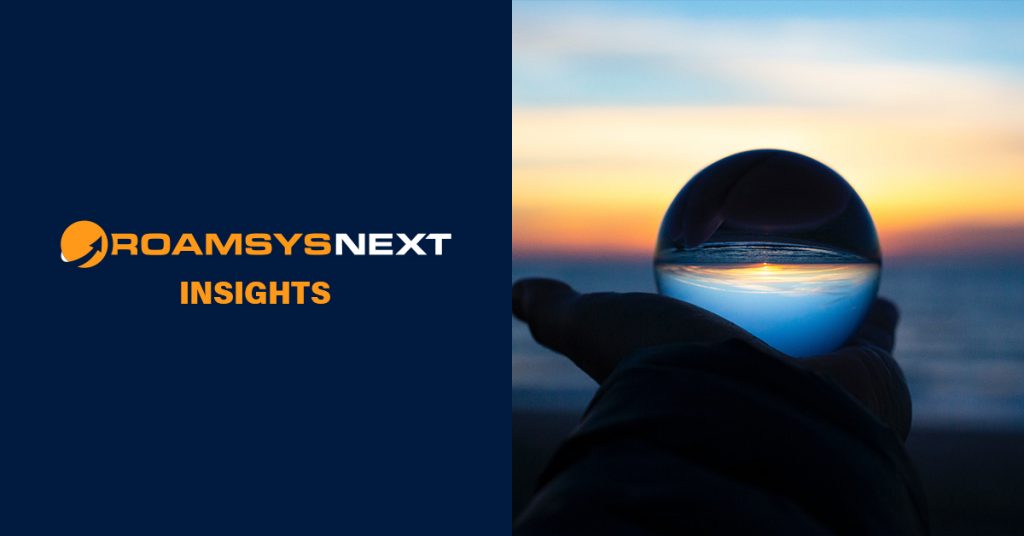
In RoamsysNext Insights our experts share their views on extensive industry topics and possible solutions we can offer.
Until the late Middle Ages, only few people had access to the written word, and they took advantage of the power of knowledge. Forgeries initiated by aristocrats or church authorities were commonplace in the Middle Ages. Since older notarizations were given higher legal force than younger ones (old law broke young law), the forgeries mostly concerned older legal certificates, and therefore younger documents were also backdated. Estimates assume that in the Middle Ages there were as many forged as genuine documents, council acts, papal decrees, reliquary certificates, annals and chronicles in circulation. Forgery workshops were run for example in the monasteries of Montecassino, Italy, Corvey and Reichenau, Germany, and Le Mans, France.
Scam in the Scriptorium
A prominent example was the so-called “Donation of Constantine” which refers to a forged document dated by scientists to around 800. The Roman Emperor Constantine I. allegedly issued the document in 315/317 and granted by way of donation Pope Silvester I (314-335) and all his successors „until the end of time“, a sovereignty over Rome, Italy, the entire western half of the Roman Empire, and also the entire globe. Since the document was both spiritually and politically effective the Popes were able to establish their supremacy in Christianity and their territorial claims. The forgery was finally debunked by the humanist Lorenzo Valla in the 15th century.

Fraud in the new world
The Enlightenment (17th/18th century) was a major philosophical and scientific movement that went hand in hand with the colonization of the Americas. The expansion of the world economy increased opportunities for fraudsters as well. Sir Isaac Newton was “Master of the Royal Mint” and he systematically prosecuted counterfeiters. At that time, he caught William Challoner, a man who was renowned in the coining community for the quality of his work. He estimated his own forgery output to be around GBP £30,000 when he was hanged in 1699.
The beginnings of modern fraud
In 1920, the original snowball system, or Ponzi-scheme, was invented by Charles Ponzi who deprived investors of up to US $20 million in eight months. Another well-known scam began in 1920 when P. Crentsil sent the first “419” or advanced-fee fraud letter to a contact in today’s Ghana. The Nigerian Letter or “419“ fraud combines the threat of identity fraud with a variant of a advance-fee scheme: a letter sent or e-mailed from Nigeria offers the recipient the “opportunity” to share in a percentage of millions of dollars that the author is trying to transfer illegally out of Nigeria.
There is a great variety of scams that developed towards the end of the 1980s when technology-mitigated fraud became common. An early scam, which exposed holes in the legislation on premium phone lines, tried to convince people to call expensive premium rate numbers. Especially children were manipulated into calling premium rate numbers without the knowledge or consent of their parents through television commercials that were shown during Saturday morning cartoons.

A Surge of Activity in the 21st Century
Data breaches reached a high level of awareness in 2004 when an AOL employee took information from 92 million accounts and sold it to spammers. Stolen personal information is often used to open new accounts, take over existing accounts and steal people’s identity for financial transactions.
The current COVID-19 pandemic has created new and altered types of fraud around the world as criminals take advantage of people who feel at a loss. Via phishing attempts, emergency supplies, fake masks or medication are offered. In charity fraud, donations are collected under false initiatives, and fraudulent claims about government programs are aimed at collecting data. A certain percentage of the population will also fall for fraud attempts, even where effective digital security measures are put in place. A current example is a Lithuanian hacker who was recently convicted for having persuaded technology giants like Facebook and Google over five years to pay around $120 million in fake invoices.
How to get a step ahead
As cybersecurity threats spread to mobile networks worldwide, the professionally executed exploitation of vulnerabilities hurts right down to the marrow. According to Europol, MNOs lose €29 billion annually to telecoms fraud and the associated damage to their reputation and subscriber churn. Thanks to constant innovation, fraud detection and prevention technologies are always being improved and expanded. Identity verification uses reliable data sources to detect anomalies in identity data. Information from MNOs helps verify account holders and identify those who pose a higher risk. Multi-factor authentication methods help prove that a customer is who he or she claims to be. Companies can also analyze their data to identify fraudulent patterns.
It is a Marathon, not a Sprint
There is no way around understanding and controlling how exactly the traffic flows into and out of the network. Carefully reviewing for example roaming network configurations is one of the first steps in protecting valuable assets from attacks and preventing revenue leakage. RoamsysNext is an independent link in this chain that offers mobile operators a professional and trustworthy solution to protect their subjects.
Good and solid network quality leads to better work results, less issues and more security for subscribers which again results in satisfied and loyal business relations. RoamsysNext tools already help more than 700 MNOs across the globe; our strength is the creation of effective data management tools which include correct information and a secure, well-designed system that simplifies the user’s working life significantly. We offer easy-to-use and yet customizable applications that increase efficiency, transparency, and enhance resource management, and we continuously optimize our applications to better serve our customers. Likewise, we are increasingly keeping an eye on upgrading security aspects. Stay tuned for more advanced developments from the house of RoamsysNext.
Gabriele Lieser joined RoamsysNext in 2020 as Customer Success Manager to strengthen the bonds with our increasing number of customers and to support the marketing team. Gabriele has a strong background in corporate sales. She studied at the Universities of Trier (Germany) and Manitoba (Canada) and is incorporated in the RoamsysNext Client Service team.
“The team is a crucial asset”
It has been an exciting year for RoamsysNext. And as 2023 is coming to an end, we took the opportunity to talk with CEO Michael Grasmück about the past year, the growing team that becomes more and more international, and the comeback of an industry institution.
15 years of RoamsysNext – Driving Global Connectivity
RoamsysNext turns 15, so we talked with CEO Michael Grasmück about the anniversary, the early years, the move to Luxembourg and the future within the fast-developing roaming industry.
The new age of the IR.21 – Be ready for the full automation!
The new RAEX IR.21 schema will be released early 2023 with great changes coming that allow us to revolutionize the way we work with the IR.21 data.
Reporting at a glance: The RoamsysNext Dashboards
The RoamsysNext tools offer many reporting functionalities of which the dasboards play an important role. Learn more about using them in practice to identify bottlenecks, visualize your team's performance and bring a smile to your management's faces.
End-2-End-Automation with Network Configuration Optimizer
The RoamsysNext Network Configuration Optimizer is the perfect solution to make the shift from manual processing to more and more automated processing, with the option to move to full automation. Let's see how it works.
From Roamsys to RoamsysNext
Sixteen months ago, Roamsys relaunched and became RoamsysNext. Time to look back to a year we never expected to happen.
How to Stay Secure
What can MNOs do to stand up to the ever-growing tide of telecom fraud and protect their assets? Stay alert, use great tools, collaborate with other market players, and take the fight to the fraudsters.
Telecom Fraud Hurts
Telecom fraud is a rapidly growing area that has serious effects on national critical infrastructure (civil, healthcare, energy, agriculture...) and wider industrial processes.
The GSMA MISP – How Does it Help?
Malware information sharing and threat intelligence sharing has unbeatable benefits that make any caveats and challenges look small in comparison.
The Experts behind RoamsysNext Insights
RoamsysNext Insights has a growing fan base due to its substantial reports. With a wide variety of great information and exciting insights, they inspire beginners as well as professionals.
How to Treat 2G and 3G Closures without Becoming an Archivist?
As we are entering the era of 5G, legacy networks are in a state of flux and lose significance. This blog is about how the sunsetting of 2G and 3G networks will impact mobile communication.
How to Choose a Signaling Firewall Wisely
In times of global turbulences and increasing fraud attacks the decision for a sophisticated signaling firewall becomes more and more a priority. Some general considerations help to narrow down the choice.
Identity Fraud in Telecom
Identity fraud robs people of their virtual existence; it costs time, money and nerves. But there are countermeasures that help.
How to Tackle the Challenges in Combating Telecom Fraud
Telecom fraud can have dire effects on critical infrastructure and always causes painful loss of revenue. See how the industry's joint efforts tackle the challenges in combating telecom fraud.
Face the Breach: Rehearse an Emergency Before it Happens
In case of a breach, most companies are poorly prepared to take quick action. Have a look at some ideas on how to make the best of a difficult situation and save valuable time.
Working from Home during a Global Pandemic
Due to the broad introduction of remote working, businesses need to rethink their current cyber security measures and consider how they need to be adapted or further developed.
The Future of Roaming Trainings – An interview with Milja Hofman, CEO Roamingwise
Roamingwise is a well-known provider of roaming trainings, seminars and consultancy in a variety of international roaming topics. In our interview, CEO Milja Hofman reveals how she prepares professionals to drive the roaming world.
Historical Fraud Incidents and Lessons to be learned
In the course of history, no era is free from the practice of deception for personal benefit. Let’s have a look at what we can learn from historic fraud cases from ancient Greece to modern times.
Two-Factor Authentication rules!
For some time now, we have introduced 2FA and have contributed our share to provide more secure access to our tools. Norbert Becker, Head of Software Development, picks up the thread and provides engaging insights into his area of responsibility.
Introducing: The RoamsysNext Network Configuration Optimizer
Learn how the RoamsysNext Network Configuration Optimizer enables MNOs to switch safely to full automation and growing roaming revenues by providing effective and secure data management of all roaming related business information.
Introducing: The RoamsysNext Wholesale Roaming Manager
The RoamsysNext Wholesale Roaming Manager provides powerful collaboration and reporting tools for all roaming partner relationships by converging everything from service openings to the user’s roaming footprint, test SIM cards and tariffs, document and contact management.
Don’t fear the breach – three more ways to avoid configuration errors
Three ways to bliss: take bold measures to automate processes as much as you can, check your firewall’s security logs regularly and enforce centralized authentication mechanisms.
We’re in this together
In the second part of our interview with Alexandre De Oliveira, POST Luxembourg Cyberforce, he highlights major pain points in fraud detection and stresses the importance of global information sharing via the GSMA T-ISAC initiative.
Mastering today’s Fraud Landscape
Learn how Alexandre De Oliveira’s team at POST Luxembourg Cyberforce is mastering today’s fraud landscape with penetration tests, security assessments, the Telecom Intrusion Detection System (TIDS) and the Telecom Security Scanner (TSS).
How to avoid configuration errors
Hardening the network is a good way to get configuration errors under control. Introducing smart firewall rules and consistently updating these rules can be very time-consuming, but it’s a crucial measure to be taken.
From customer request to feature
In our newest “RoamsysNext Insights”, David Houstek and Adrian von Wendt elaborate on our customer focused production processes.
Making a Stand against Fraud
In an insightful interview, our CTO, Hendrik Hoehndorf, speaks about further GSMA initiatives on fraud detection and prevention such as the MISP (Malware Information Sharing Platform) and T-ISAC (Telecommunication Information Sharing and Analysis Centre).
Cyber security and fraud prevention – the GSMA approach
How does the GSMA approach cyber security, fraud detection and prevention? Look at the incredible useful tools and informations they provide with the Fraud and Security Group (FASG) and documents on best practice countermeasures.
How insecure GTP makes LTE and 5G networks vulnerable
GTP will still have an impact on 5G. Our tools can help to identify dubious requests faster, reduce reaction times and block incidents in a fraction of time.
How bad can it get? Signaling attacks strike the heart of each MNO
This blog is about how correct data is key to ensuring that mobile communication is of trustworthy origin, especially in case of signaling attacks. Notably, the roaming industry has to take action for data verification.
Grey Routes, Spam, Smish – funny words but nothing funny about SMS Fraud
SMS enjoys the reputation of being a safe channel for communication. But as any system, it is prone to abuse. We show you what needs to be done.
4 more Types of Telecom Voice Fraud MNOs are vulnerable to
Voice fraud is known as one of the top inter-carrier fraud cases, and in order to expose them, time and reliable data is crucial. This article shows that prevention is key to make sure that legitimate traffic is not obstructed.
Three Types of Telecom Voice Fraud that can destroy businesses
This issue shines a light on the variety of security breaches and fraud incidents: A cabinet of horrors.
Problems with telecom fraud? How big the issue really is. And how we can help
Fraud and security issues cause considerable problems within mobile network operators. But we are here to help.
Let’s talk about data quality
Most fraud and security issues are caused by misconfigured network nodes. This article shows, how RoamsysNext treats this problem on their quest for data quality.

